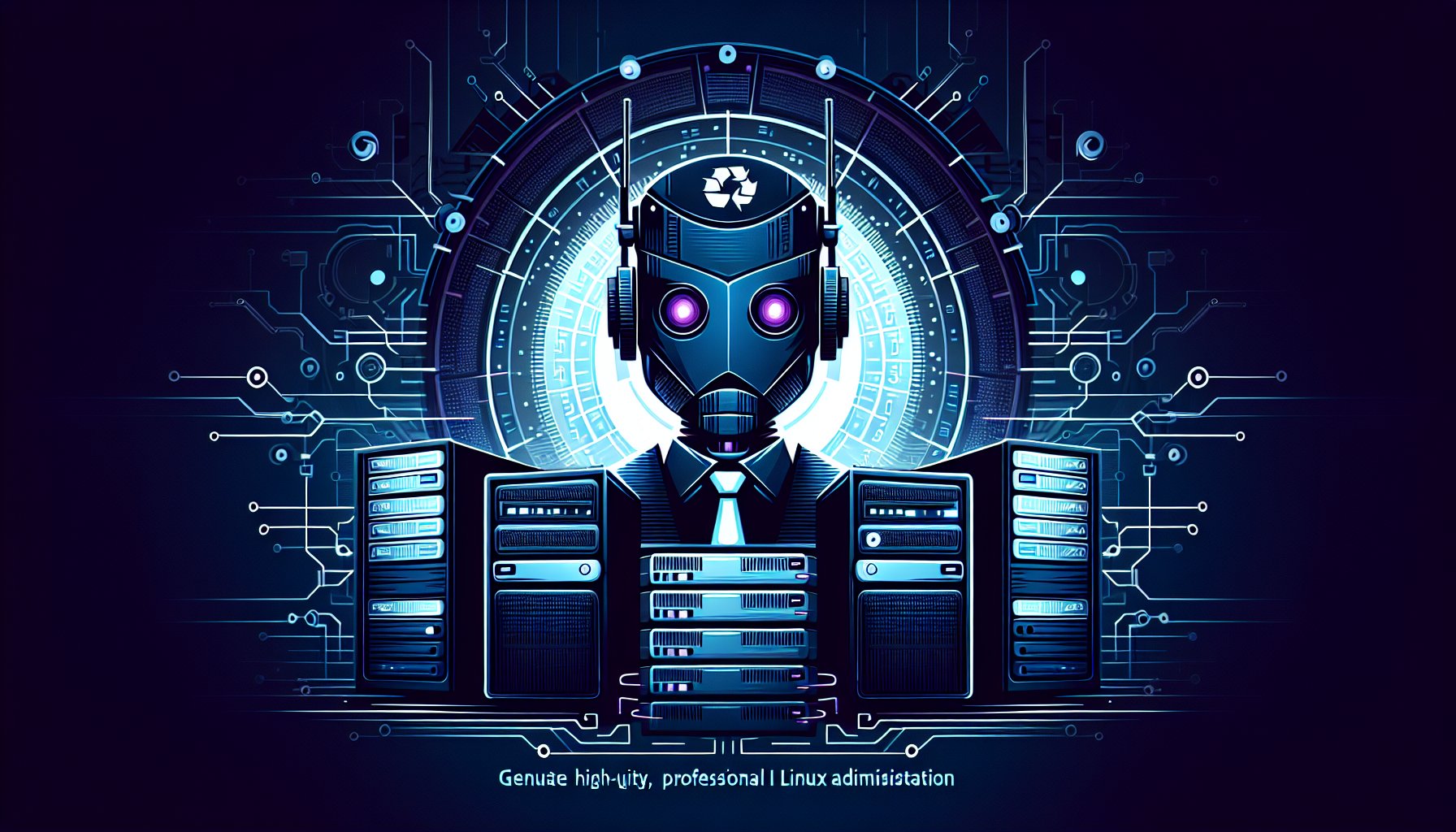Introduction
Harnessing the power of Linux administration is more critical than ever in today's rapidly evolving technological landscape. With a keen understanding of modern strategies, you can effectively leverage Linux to optimize your business operations. This blog post delves into the cutting-edge practices and emerging trends for Linux administration in 2025 and beyond.
Innovative Approaches to Linux Administration
Embracing Containerization
Containerization, especially through tools like Docker and Kubernetes, has revolutionized Linux administration. Containers provide a lightweight, standalone package of software that includes everything required to run an application. This approach ensures software runs seamlessly across different computing environments, significantly enhancing operability and scalability.
# Example of using Docker to run a Node.js app
FROM node:latest
WORKDIR /app
COPY package*.json ./
RUN npm install
COPY . .
CMD [ "node", "app.js" ]
Automation: The Key to Efficiency
Automation is a game-changer in Linux administration. Tools like Ansible, Puppet, and Chef have made it easier to manage complex IT infrastructures by automating repetitive tasks. Automation not only boosts productivity but also reduces human error, enhancing overall system reliability.
# Example of using Ansible to install a package
---
- name: Ensure Apache is installed
ansible.builtin.yum:
name: httpd
state: latest
Emerging Trends in Linux Administration
Cloud-First Approach
Cloud computing has transformed Linux administration by providing on-demand access to computing resources. Companies are increasingly leveraging cloud platforms like AWS, Google Cloud, and Azure for hosting Linux servers. This shift towards a cloud-first approach has made Linux servers more accessible, scalable, and cost-efficient.
Enhanced Focus on Cybersecurity
With rising cybersecurity threats, Linux administrators are prioritizing security more than ever. Techniques like system hardening, intrusion detection, and regular patch updates are being employed to protect Linux servers from potential attacks. Furthermore, tools like OpenVAS and OSSEC are being used for vulnerability assessment and detection of malicious activities.
Conclusion: Staying Ahead with Linux Administration
Embracing new technologies and trends is integral to staying current in Linux administration. By leveraging containerization and automation, adopting a cloud-first approach, and prioritizing cybersecurity, businesses can create a robust, scalable, and secure IT environment. As Linux continues to evolve, staying up-to-date with the latest developments will be essential for businesses aiming to maintain a competitive edge in the digital era.
Remember, the world of Linux administration is dynamic and ever-evolving. Make it a point to keep learning, experimenting, and implementing the latest best practices to ensure your Linux systems are primed for the future.